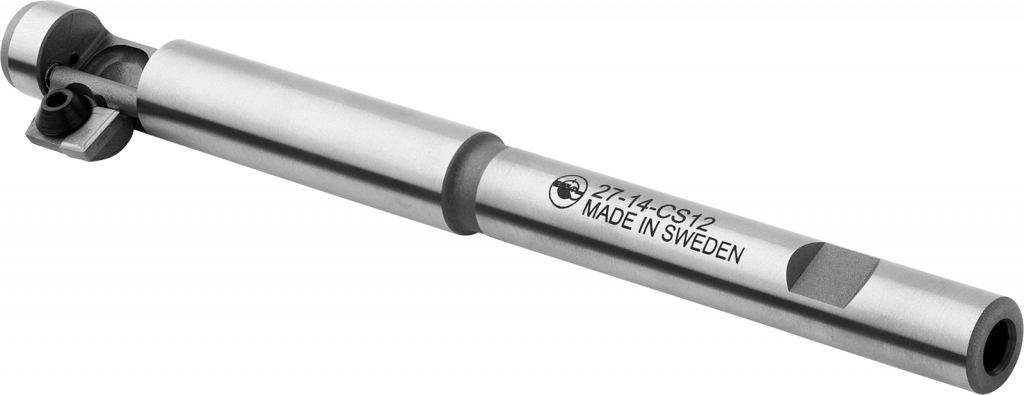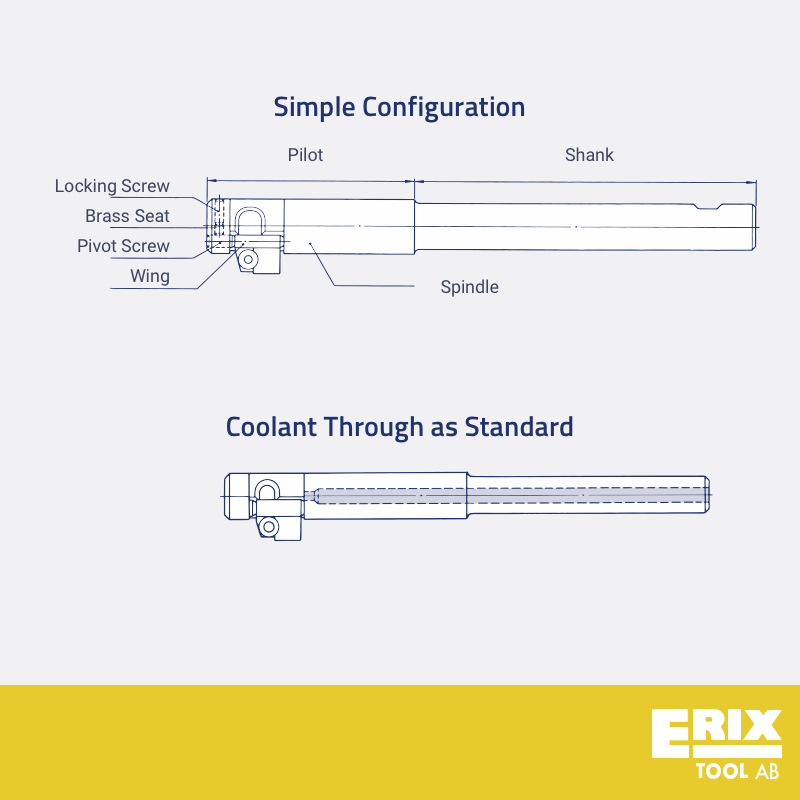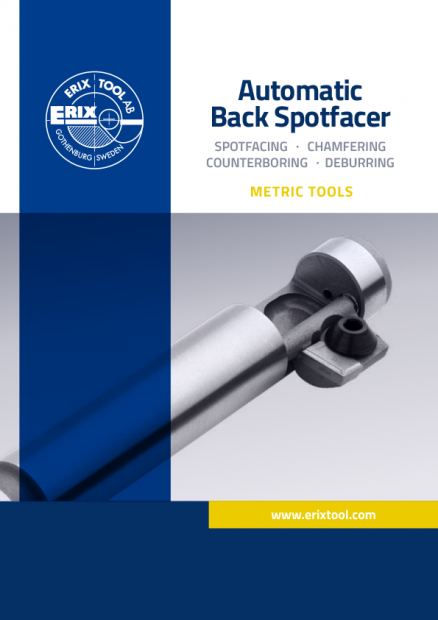The Erix Cutting Tool
When Quality Matters

Cutting Tools
A cutting tool is a specialized tool used in various industries for removing material from a workpiece to achieve the desired shape, size, or finish. Cutting tools are commonly used in machining processes such as milling, turning, drilling, and grinding.
These tools are typically made of hardened materials such as high-speed steel (HSS), carbide, or ceramic, which can withstand the high heat and forces generated during cutting operations. They are designed with sharp cutting edges or teeth that meet the workpiece to remove material.
The specific type of cutting tool used depends on the machining process and the material being cut. For example, milling cutters are used for removing material from a workpiece in a milling machine, while drills are used for creating holes. Turning tools are used in lathes to shape cylindrical workpieces, and grinding wheels are used for precision grinding operations.

Milling cutter
The main difference between cutting tools for milling and other cutting tools lies in their specific design and purpose. Here are a few key distinctions:
Tool Geometry – Milling cutters typically have a cylindrical or disc-shaped body with cutting edges on the periphery and/or the face. They are designed to remove material by rotating the cutter while feeding it into the workpiece. Other cutting tools, such as drills or turning tools, have different geometries tailored for their specific cutting operations.
Cutting Direction – Milling cutters are primarily used for perpendicular or oblique cutting, where the cutter rotates against the workpiece. In contrast, other cutting tools may be designed for axial cutting (along the workpiece’s longitudinal axis) or rotational cutting (e.g., turning).
Versatility – Milling cutters are highly versatile and can perform various operations, including facing, slotting, profiling, and contouring. They can be equipped with different types of inserts or cutting edges to achieve specific machining tasks. Other cutting tools may have more specialized functions, such as drilling holes, threading, or parting-off.
Machine Compatibility – Milling cutters are commonly used in milling machines, which are specifically designed for milling operations. These machines have a rotating spindle that holds the milling cutter and allows precise control over the cutting process. In contrast, other cutting tools may be used in different types of machines or equipment, such as lathes, drills, or saws.
Cutting Conditions – Milling cutters are designed to withstand higher cutting forces and vibrations that occur during milling operations. They are typically made from harder materials and may feature special coatings to enhance their durability. Other cutting tools may be optimized for different cutting conditions, such as high-speed cutting, heavy-duty machining, or specific material types.
The Erix Cutting Tool
The differences between Erix cutting tool and other cutting tools are:
- Design and Functionality – The Erix cutting tool is designed specifically for front and back spotfacing, chamfering, counterboring, and deburring operations. In contrast, regular milling cutting tools encompass a wide range of tools designed for various milling operations, such as face milling, slotting, profiling, and contouring.
- Specialized Capabilities – The Erix cutting tool offers specialized capabilities and advantages for its intended applications. For example, it has through-tool coolant capabilities, a simplified configuration, or a rapid cutting wing replacement system that enhances efficiency and user-friendliness.
- Compatibility – The Erix cutting tool is compatible with a wide range of cutting wings and blades, allowing for more versatility, and meeting the diverse needs of different industries.
- Quality and Reliability – The Erix cutting tool has its own reputation for high quality, precision engineering, reliability, and durability. Regular milling cutting tools can vary in terms of quality and reliability depending on the brand, manufacturer, and specific tool specifications.
Technical information
- All Spindles from ø10 upwards (hole size) with cylindrical shanks are designed for Weldon fastening (DIN 1835B).
- All Spindles from ø10 upwards (hole size) are available with a Morse Taper (27-25-MK3) rather than a cylindrical shank.
- We recommend using our extra strong HSS wing for really tough machining projects.
- Erix Tool spotfacers are fitted with grade ISO K20 inserts as standard.
- We supply grade K20 brazed inserts for HSS spotfacing wing sizes 020 and 030 (grade P40 for steel).
- As high volumes of materials like stainless or high-alloy steel are tough on the clamping system, we supply SPMA centerlocked inserts for ≥ 060 wings with SPUN inserts.
- Spotfacers with ≥ 30 mm wings are fitted with a guide tang to ensure they remain in position even at low speeds and when milling horizontally.
- Spindles with cylindrical shanks for holes ≥10 mm have coolant through as standard.
Please refer to our catalogues* for full information about capacities, dimensions, combinations, materials and standard part details.
* Available in both metric (mm) and imperial (inches) measurements.

Download a Catalogue
Four good reasons
Robust & durable
The Erix cutting tool’s solid dependability is ideal for situations where downtime is unacceptable.
Simple & user friendly
A simple, rapid cutting wing replacement system makes the Erix cutting tool extremely efficient and user-friendly.
Versitile & convenient
With cutting wing sizes ranging from 8 mm to 15.6 cm few cutting tools are as versatile as the Erix Tool.
Manual & automated
Find a distributor
The Erix Tool is available through a large network of authorised
distributors and agents around the world

